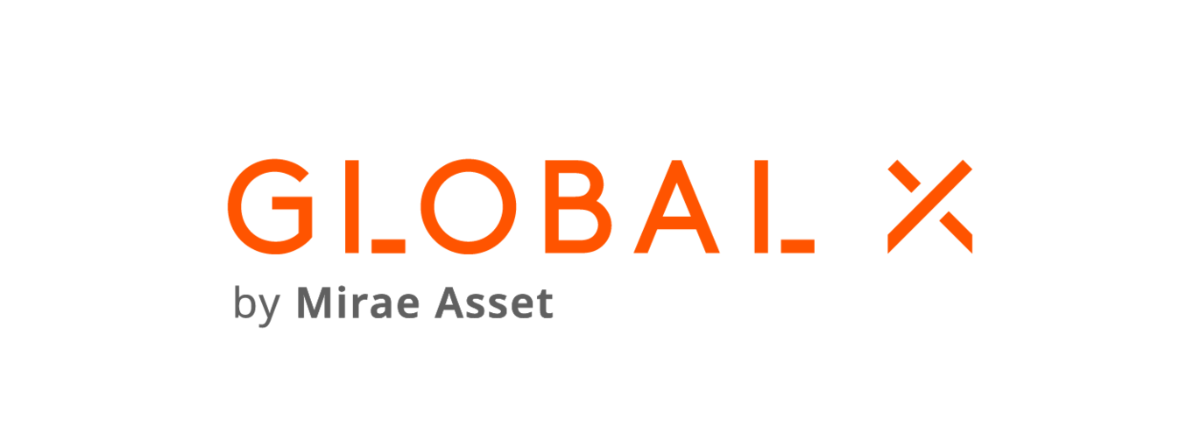Bitcoin’s creation in 2009 marked the first successful application of blockchain technology as a finite supply decentralised currency.
Significantly, it was open to anyone. Bitcoin inspired developers to discover broader tools and applications powered by the security, transparency and scalability of blockchain technology. While the bitcoin network provided a base for a medium of exchange, a young programmer saw it as a method capable of challenging centralised entities across the economy.
In 2013, at just 19, Vitalik Buterin published the Ethereum whitepaper, in which he introduced a novel, general-purpose blockchain network that allows developers to build programable conditions and applications. In essence, Buterin created a system of programmable money that revolutionised how people think about, create, and deploy blockchain technology.
Ethereum: A blockchain with smart contract functionality
The Ethereum network uses fully transparent blockchain technology to record transactions and track states on the ledger. Network participants can find a consensus state, which is where they agree on the blockchain’s distributed ledger, by independently validating transactions and blocks against the protocol rules. Blocks are individual data structures built from an aggregate transaction list and include a reference to its parent, or previous, block.
The Ethereum Virtual Machinen (EVM), Ethereum’s distributed state machine, is responsible for maintaining the network’s data structure and standards. In essence, the EVM defines the rules for calculating a transition in state between blocks. A transition in state could be a simple change in an account balance, or it could be the result of a more complex smart contract interaction.
Ethereum introduced a novel blockchain with a built-in Turing complete language, which is a programming language that can be used to embed logic and complete more advanced transactions than simple payments. The introduction of this language has allowed developers to create and integrate applications into Ethereum, serving as the base layer of an open ecosystem capable of hosting smart contracts and decentralised applications (DApps).
Smart contracts: The programmable infrastructure for DApps
Smart contracts comprise much of Ethereum’s value proposition. A smart contract has predefined criteria that self-execute a response based on programmed conditions, and the agreement is recorded in the blockchain. Smart contracts eliminate the need for a third-party intermediary. Data feeds, conditions, rules and agreements embedded in the contract automatically trigger a pre-defined outcome without the need for a trusted intermediary to execute the contract. Any application can deploy a smart contract and compose functionality.
Ethereum smart contracts are activated and deployed by submitting the contract as a transaction. They also have ETH balances that can trigger transactions through the network once the conditions of the contract are met. Because the network is open source, a library of implemented smart contracts is available for developers to reference, which enhances the composability of application development.
Smart contracts allow DApps to create protocols with varied use cases and rules. DApps are frontend and user-targeted applications created and deployed from smart contract programmability. These programable contracts are used to create decentralised financial service applications (DeFi) and non-fungible tokens (NFTs), which represent the digital ownership of unique assets. Smart contracts are also used to create and coordinate decentralised governance entities called decentralised autonomous organisations (DAOs). The universe of DApps within the network represents the Ethereum ecosystem.
DApps: Applications built using smart contracts
DApps use the Ethereum blockchain for data storage and security, and they use smart contract technology for application logic. In essence, a DApp is just like an app with a user interface that’s hosted on the web, but a smart contract that runs on a decentralised network of computers facilitates the DApp’s backend computation.
This feature gives DApps resiliency because the execution of the code does not depend on a centralised cloud provider. The Ethereum network includes a range of DApps, including financial applications, governance structures, supply chain management projects, file storage, and non-fungible tokenization initiatives.
DeFi DApps are prominent within the Ethereum DApp ecosystem. DeFi applications decentralise many traditional financial transactions, such as borrowing and lending, asset exchange, derivatives, insurance and asset management.
Ether (ETH): The native cryptocurrency that powers the Ethereum network
ETH can be used to send simple payments, similar to bitcoin, but it is more akin to a commodity than a currency because it is primarily used to pay for decentralised computation on Ethereum. All transactions and smart contract deployment on Ethereum cost a variable fee to be paid in ETH. A simple payment is typically cheaper than a smart contract interaction. This payment scheme creates a natural demand for ETH, as Ethereum DApp end-users must purchase ETH to interact with the platform.
ETH has no physical representation; it is a digital bearer asset owned by whoever possesses the corresponding private key.
Acting as the settlement currency, ETH derives its value from the demand of the Ethereum network. ETH is commonly used to:
Pay for transaction or gas fees
Interact with DeFi DApps
Pay for the deployment of smart contracts into the blockchain
Primary unit of account in NFT marketplaces and trading
What is ahead for the Ethereum network: Updates that facilitate scalability
Considering the growth of the Ethereum network, developers have agreed to a roadmap with several upgrades. These updates include a change in consensus mechanism in an attempt to make the network more scalable and environmentally friendly:
A shift from proof-of-work to proof-of-stake consensus
Solutions to scale Ethereum
Why Ethereum now: A smart contract blockchain with mechanisms to create value and scalability
To understand Ethereum’s growing appeal and value is to recognise what Buterin articulated in his whitepaper: the potential to expand the blockchain’s decentralised properties programmatically.
Ethereum’s adaptive features also position it well to play a central role in disruptive movements like the evolution of the internet to Web 3.0, which at its core is a user-owned blockchain ecosystem.
Considering developments like these and the demand that they could create for ETH, we view this digital asset and the blockchain network that it fuels as having meaningful growth potential.
Christian Hazim is an associate research analyst, digital assets, at Global X
This article first appeared in Crypto Unlocked: In the bleak midwinter, an ETF Stream report. To access the full issue,click here.



